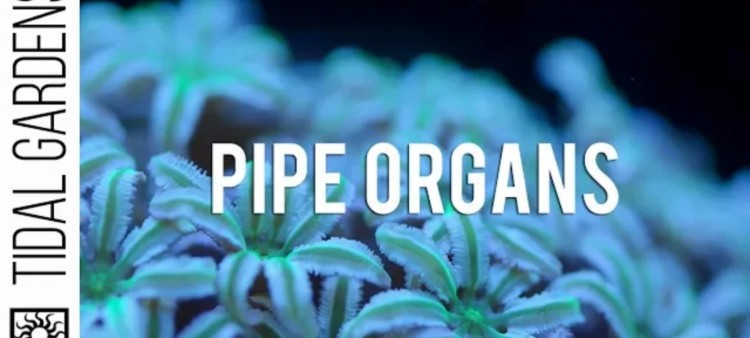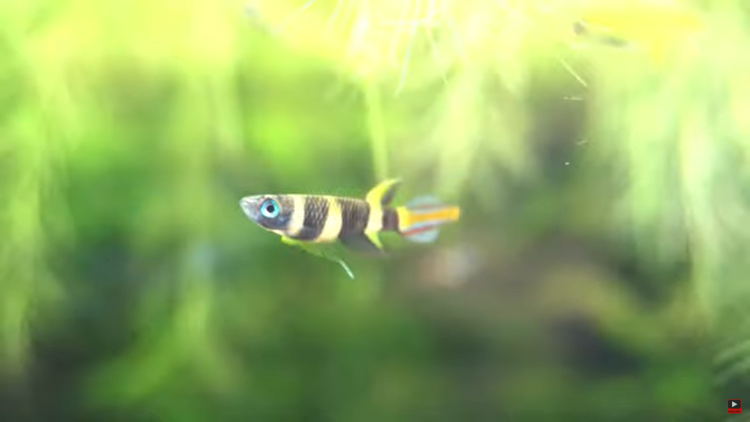Pipe Organ Coral: Complete Care Guide
- Dec 13, 2021
- Anshika Mishra
- 1012 0 0

In this article, we will be discussing the Pipe Organ Coral of the Genus Tubipora. They are not very uncommon, but at the same time, not a lot of reefers have them in their reef tanks. However, they are some of the most beautiful soft corals in the hobby.
Pipe Organ Coral
Pipe organs can carry in appearances from something very similar to appearance with Green star Polyps to flower-like Daisy-shaped polyps. However, besides their beautiful polyp structure, the main distinguishing feature is their red skeleton which is why they are called Pipe Organs, to begin with.
Though their corals are soft coral, they have a skeleton. Normally, when a reef hobbyist thinks of the difference between a stony coral and a soft coral, it is all about the fact that the soft coral doesn't form the skeleton. In contrast, the stony corals like Acropora do it is reef-building coral.
However, in reality, how these corals are classified is all about the symmetry of the polyps. For example, soft corals are octocorallia, i.e., their symmetry is devisable by eight. On the other hand, stony corals are hexacorollia, i.e., their symmetry is divisible by six.
Care Requirements
Pipe Organs can be a little bit more challenging than a typical soft coral. Your best bet as a hobbyist is to treat them more like a stony coral. So, provide them with a staple source of calcium and alkalinity.
It is important because the coral itself invites problems if the colony is not growing.
Lighting
As far as lighting goes, you should aim for medium light. This coral seems very consistent in appearance. It doesn't always change in coloration from any type of change in light, either the spectrum or the intensity.
Water Flow
Try to go towards the higher flow end of the spectrum. You will need some flow to dislodge detritus that might build up in the skeleton. The skeleton has all types of nooks and crannies, which invites detritus accumulation adn if you get too much accumulation, it can suffocate those delicate polyps.
So, it is important to keep enough flow going through the colonies at all times.
Feeding
You can go with either frozen food or some of these available powder foods. With the frozen food, try to get that cloudy supernet rather than anything chunky because its polyps are fairly small, and they can grab on the thing that can fit into its mouth.
Propagation
Pipe Organs can be propagated daily easily, but they are surprisingly slow growing. They appear to be very similar to fast-growing corals like the Green Star Polyps. But, because they have to grow the red skeleton, they never exhibit the explosive growth which takes over the tank.
Also, you have to be careful with the base. Again, the debris problem is a big issue, especially when you start cutting it. Not just debris, but also predators can get in from the bottom of these tubes and get to the coral from the base.
So, if you are going to glue them down to a substrate, it is very important to go a little heavier on the glue to seal up the bottom ends of the tubes. Its skeleton has a really good home for crustaceans because it is fairly brittle, and it is very easy for them to burrow into something like that compared to live rock.
Who is this Coral For?
This coral is best for people looking for something a little different. So, even though this coral isn't necessarily difficult to acquire to rare in any way, it is incredibly underrepresented in the hobby. In addition, it has a unique floral aesthetic that many other corals lack.
They are not particularly aggressive, so they do not require a lot of space around each colony. In addition, they have modestly slow growth, making them a good candidate for smaller tanks that can get easily overrun by very fast-growing corals.
Happy Reefing!







About author